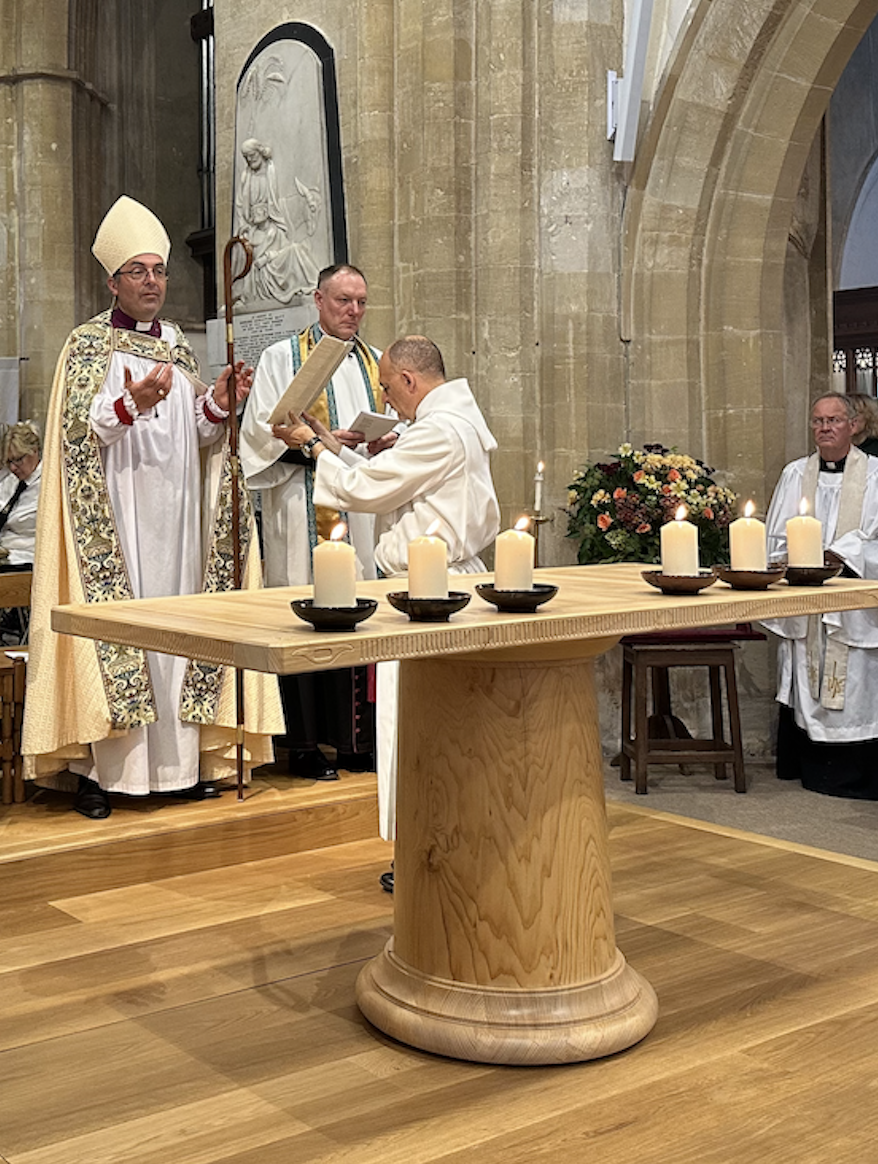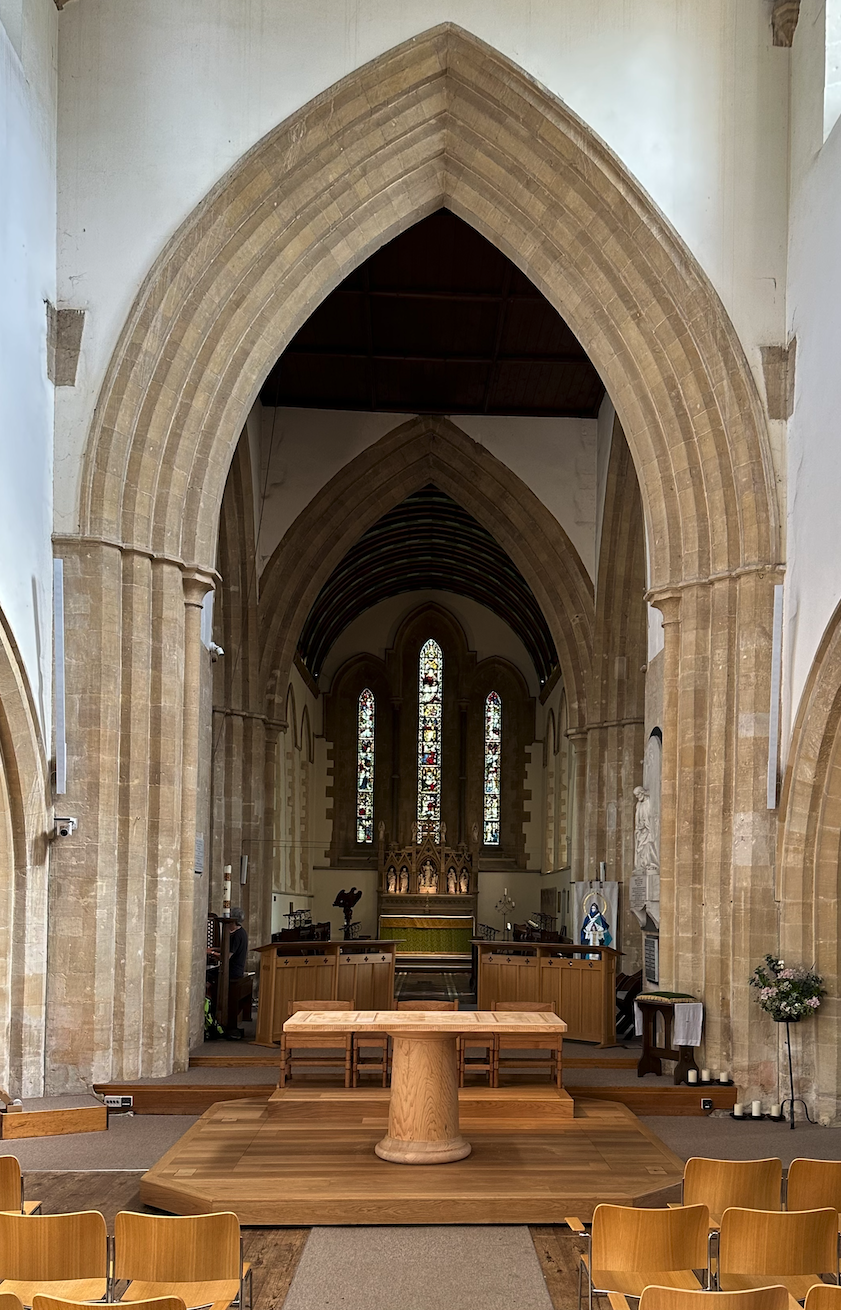Perhaps the lamentations over the vandalistic felling of the much filmed, much photographed and much loved 300-year old sycamore on Hadrian’s Wall will provoke a creative out-pouring of ideas about what to do with the timber.
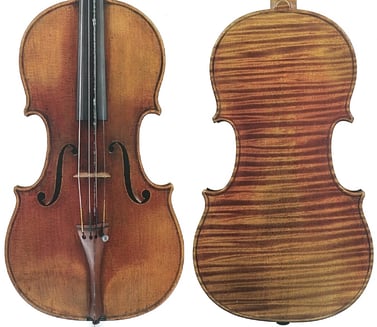
One picture of the damaged stump was particularly striking: the middle was clean, free of stain and apparently healthy. This is special since sycamore timber is notorious for unsightly green stain and severe checks or cracks. One use for which the wood is entirely unsuited is as an exterior bench, as has been reported in the press - a notion aired by a ‘spokesman for the National Trust’. Sycamore is entirely unsuited for exterior use. It rots easily when exposed to the elements or when in contact with the ground. But it does make good kitchen utensils (chopping boards, salad bowls and worktops), mostly since the timber has almost no impact on taste. Oak, by contrast, is used for wine barrels precisely because its smokey taste, from the high tannin content, leaches into the wine. Occasionally, sycamore boards can show ‘fiddle-back’ grain, a pleasing tiger-stripe or ripple effect going across the normal growth rings, much prized by musical instrument makers – hence the nickname.
Timber tells stories...
Nevertheless, timber tells stories, as does furniture. Here are two, one of the furniture I designed for the ambassador’s office in the British Embassy in Moscow in 1997, the other for an altar for St Mary’s Witney, completed a few months ago.
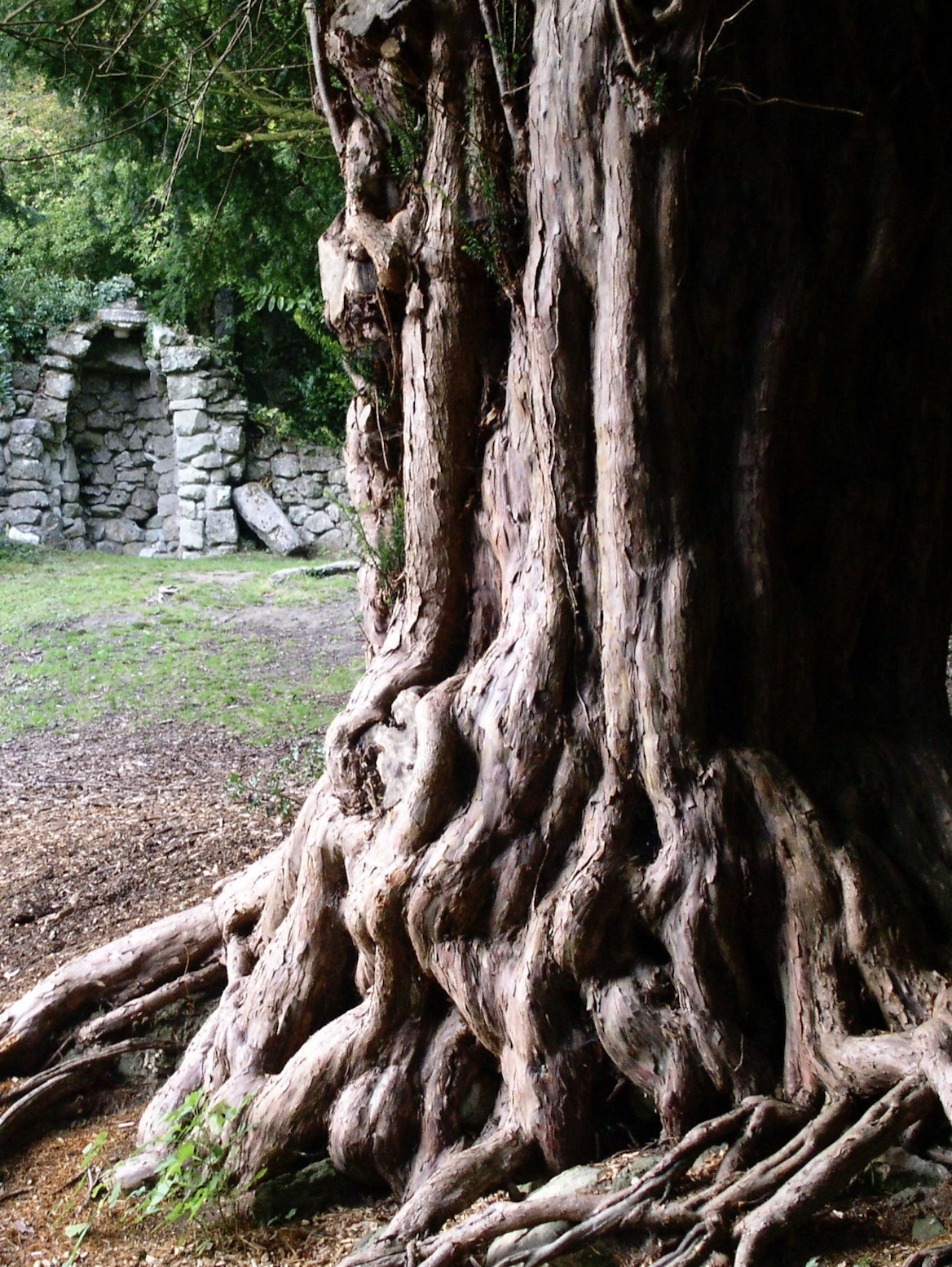
Ten years later, I was commissioned to design the furniture for the ambassador’s office (desk, meeting table, bookshelves etc) and the architect, Richard Burton, of Ahrends Burton and Koralek, encouraged me to use something unusual. I told him about the yew which had by then been seasoning for a decade.
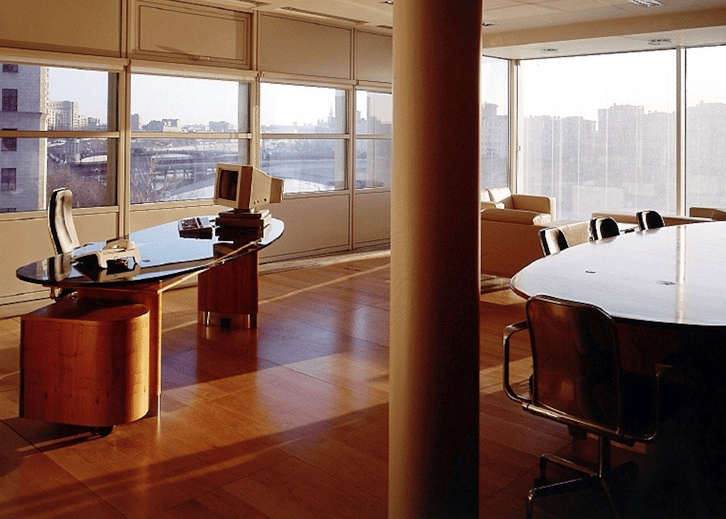 By complete coincidence, he had just commissioned the artist, Norman Ackroyd RA, to create a 7.6m copper artwork to hang in the foyer of the embassy representing in abstract form ‘an obscure ruined castle in the south-west of England’. ‘You’re not going to believe it, Richard, but that’s Old Wardour Castle, exactly where the tree has come from’. So now, visitors to the entrance foyer of the new embassy are met with Ackroyd’s etched copper panels of the shimmering castle reflected in the adjoining lake and, when admitted to the ambassador’s office, can feel and touch the wood from one of the trees from the artwork.
By complete coincidence, he had just commissioned the artist, Norman Ackroyd RA, to create a 7.6m copper artwork to hang in the foyer of the embassy representing in abstract form ‘an obscure ruined castle in the south-west of England’. ‘You’re not going to believe it, Richard, but that’s Old Wardour Castle, exactly where the tree has come from’. So now, visitors to the entrance foyer of the new embassy are met with Ackroyd’s etched copper panels of the shimmering castle reflected in the adjoining lake and, when admitted to the ambassador’s office, can feel and touch the wood from one of the trees from the artwork.
The project is featured in Thames & Hudson's "Furniture in Architecture" and there is even a small booklet published by the FCO about the art and artefacts commissioned for the embassy, which describes the coincidence.
Cedar of Lebanon
More recently, I was commissioned by parish of St Mary’s, Witney to design a new altar and a set of choir stalls and clergy furniture. In the churchyard, a 250-year-old Lebanon cedar, weakened by honey-fungus, had to be taken down before its dying limbs collapsed onto the churchyard paths. Its loss was a cause of much heart-wrenching amongst the congregation. One idea was to see whether we could turn it into new liturgical furniture for the church, in particular a new altar.
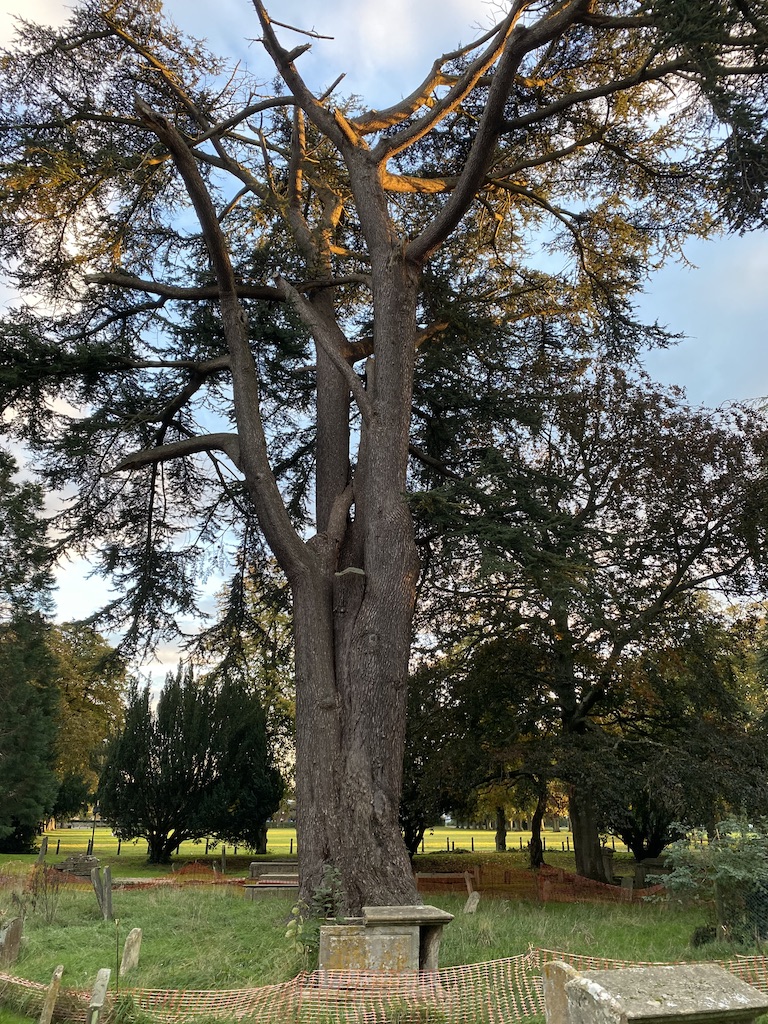
We selected key sections of the tree that might be suitable, endeavouring to exploit the grain of the timber, the hypnotic scent of cedarwood and represent something in the design that was unique to Witney. Echoing details from the columns and font in the church, the design evolved into a turned classical ‘column’ supporting a ‘mensa’ (table-top), carved with five crosses to represent the wounds of Christ on the cross.
How to make it poignant to Witney? The town has since the Middle Ages been associated with the Wool Trade and, for the last four hundred years, with blanket making. Taking our cue from one of the 17th century ledger stones recording the tomb of a local weaver, it was agreed to carve a pair of wooden shuttles on each corner, linked together with a representation of the warp and weft from the traditional looms that were so much part of the community.
Symbolism plays its part in other ways, too. In the Bible, cedars of Lebanon are referenced over 70 times, often to symbolise spiritual growth. The Hebrew word for cedar derives from a root word meaning ‘firm’ and throughout history this wood has been associated with prayer, healing, dreams and protection. The wood is traditionally associated with the Blessed Virgin Mary, the Patron of Witney’s church, and indeed ‘Cedar of Lebanon’ is an ancient title for Our Lady.
In the words of the Rector, Rev. Toby Wright, ‘the branches of the cedar remind us of our call to be a space where all are welcomed in all their diversity, and whatever their beliefs’. He went on: ‘we are very grateful to Luke Hughes and his team for their phenomenal work on our Altar, which will be a sign of spiritual growth and protection for many generations to come.
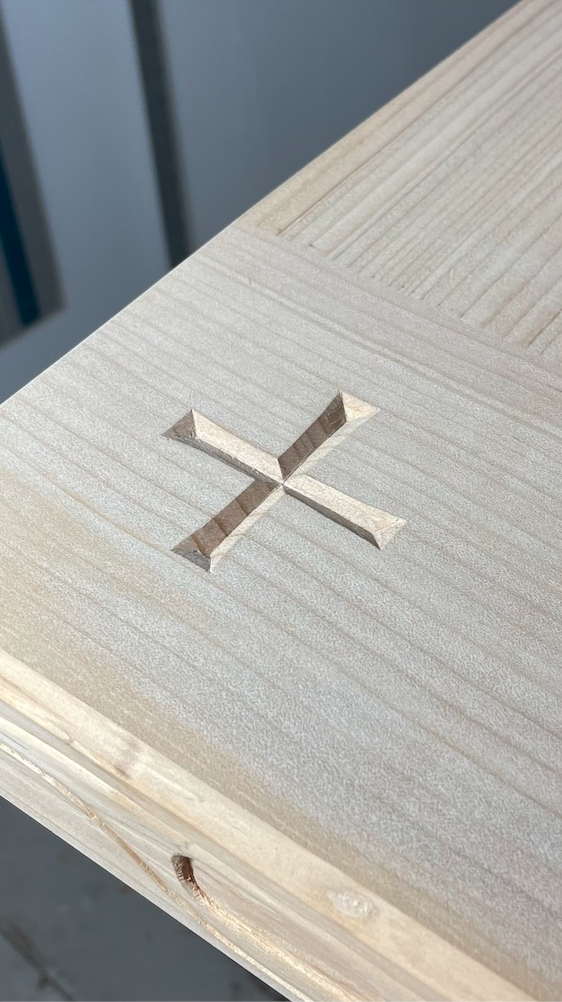
The altar was dedicated by the Bishop of Dorchester at a special service on Sunday 10 September 2023, the 780th anniversary of the foundation of the church.
